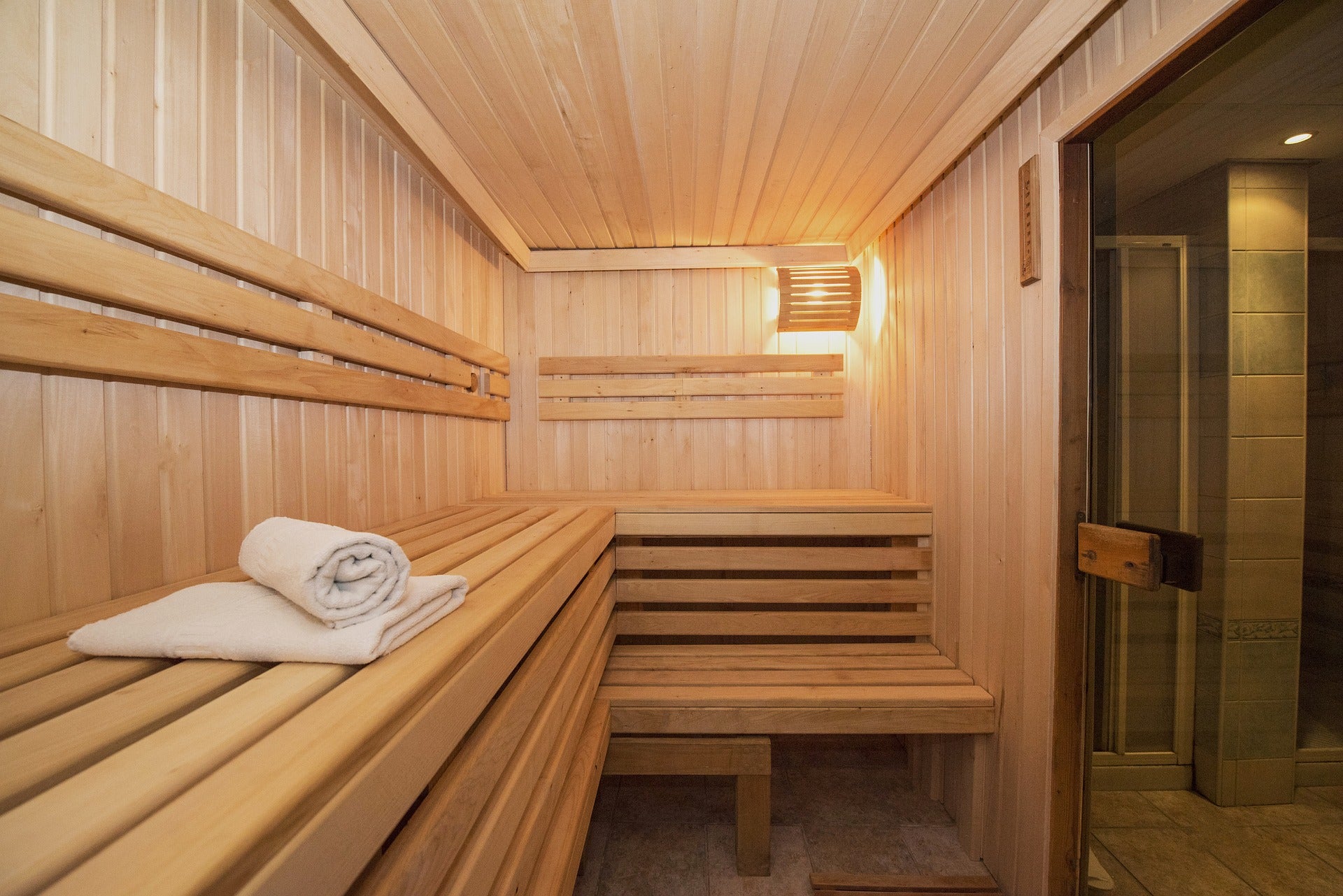Traditional Sauna Things To Know Before You Buy
Traditional Sauna Things To Know Before You Buy
Blog Article
Get This Report on Traditional Sauna
Table of ContentsThe Best Guide To Traditional SaunaNot known Details About Traditional Sauna See This Report about Traditional SaunaThe Buzz on Traditional SaunaHow Traditional Sauna can Save You Time, Stress, and Money.
A lot of the weight shed in a sauna is water loss and is re-gained upon rehydrating. Nonetheless, without a question sauna can be a vital part of a healthy weight-loss program. To take a look at the differences between traditional and IR saunas, I will certainly separate these into proven, theoretical, and made distinctions.Therefore, the best point in the saunawhich is at the ceiling directly above the sauna heateris typically in between 185 and 190 F. Claims that a standard sauna goes beyond 200 F is just not real and not suitable for electric saunas marketed in the US. The temperature level for a far-infrared sauna is normally set between 120 and 140 F; nonetheless, unlike the standard sauna, the objective in and IR space is not to attain a heat.
Due to this, the temperature distinction is almost pointless, since profuse sweating causes both sauna types, however the approach of heating the body is different. In an IR sauna the bather will certainly feel warm and will sweat profusely, but at much reduced temperature levels (Traditional Sauna). Hence, if the goal is to spend longer time periods in the sauna, the IR sauna is an excellent choice
When a conventional sauna has actually been properly warmed, the sauna walls are warm, the air temperature has accomplished set temperature level and the rocks are extremely warmed. As an intriguing side note, the warmed wall surfaces and the rocks are emitting far-infrared warmth, integrated with the heated air, to produce an "enveloping warmth".
The Single Strategy To Use For Traditional Sauna

When the heat is attained, the elements cycle on and off to preserve the high temperature. Most standard sauna customers take pleasure in pouring water over the rocks to develop vapor to elevate sauna moisture levels. The benefits of pouring water over the rocks consist of: making the space much more comfy, moistening the nasal passages, and enabling the usage of aromatherapy by mixing necessary oils with the water.

When the power gets in the body, it triggers the body temperature to increase and ultimately leads to perspiration. In an infrared sauna it's essential for the emitters/heaters to continue to be on nearly continuously. Given that there is no mass of rocks to maintain warmth, the sauna will cool down if the emitters turned off.
As discussed over, the sauna bather in an infrared room desires to position himself in front of running emitters to get maximum take advantage of the heat. The heating time for both rooms can be extremely various, depending on exactly how the areas are used. For a typical sauna, a bather must allow 30-40 minutes for the area to achieve a wanted temperature level and to appropriately pre-heat the rocks.
Not known Details About Traditional Sauna
A well created sauna will usually attain a temperature level of 150-160 F in about 30-40 minutes. For hotter temperatures, the space might require to heat for a longer period. Once the space attains established temperature level, the heating system will certainly cycle on and off, commonly operating about 50% of the time. The insulated walls and the heated rocks will certainly maintain the area hot and at stable temperatures.

Traditional saunas often tend to be larger (hence utilize even more electrical power) than infrared saunas, although conventional saunas are absolutely available in one and 2 person sizes as well. For a two-person conventional sauna, 5x6 or 5x7 size is most preferred. The top bench can comfortably seat two or three people and is also long sufficient to rest during the sauna session.
Some Known Questions About Traditional Sauna.
The ordinary cost per kWH of electrical power in the U.S. is roughly $0.11, so a 4.5 kW heater will cost about $.50 to run for one hour, if the heating unit runs constantly for one hour. Normally his comment is here a sauna heating unit will compete 75% of the initial hour and 50% of subsequent hours on given that the components cycle once the established temperature is achieved.

There is a seldom talked about distinction in the social experience between the 2 spaces. While our culture has shed some of the social advantage of the standard sauna experience, it can be very socially rewarding (Traditional Sauna). From family members time in the sauna, to heart-felt conversations with better halves, to sauna partiesthe typical sauna experience can cause intimate socializing
A Biased View of Traditional Sauna
Most greater end infrared spaces consist of tinted light therapy, noise systems and full-glass fronts. The dimension of many spaces enable for 2 people to easily utilize the room, while some designs may permit a 3rd or 4th person to make use of the area. Custom infrared areas are likewise offered, with room sizes available up to 7' x 8' x 7' high.
Report this page